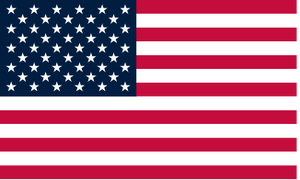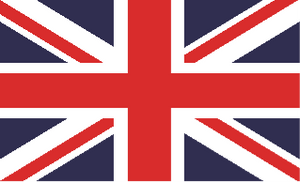Diapers are an inevitable part of the baby years and disposable diapers make our lives, as busy parents, a whole lot easier!
But despite offering the ultimate in convenience, concerns have risen in recent years over the presence of harmful chemicals in diapers, including dioxins.
What are dioxins?
Dioxins are called Persistent Organic Pollutants (POPs), which means they take a long time to breakdown in the environment and can potentially cause health issues.
To get technical, they are part of a group of chemically-related compounds not intentionally produced, but by-products of various industrial processes including chlorine-based bleaching.

Why are they in diapers?
Many diapers use a bleaching process to whiten the pulp that forms the absorbent core. There are two main bleaching methods:
Chlorine Bleaching: Historically, elemental chlorine was used to bleach paper products. This process is known to produce dioxins as a by-product.
Elemental Chlorine-Free (ECF) processes: Uses chlorine dioxide instead of elemental chlorine, which significantly reduces dioxin formation.
Totally Chlorine-Free: Eliminates chlorine compounds entirely. Uses no chlorine-derived chemicals, instead relying on hydrogen peroxide, oxygen or ozone.

What are the health risks of dioxins?
Dioxins are highly toxic and pose several health risks, even at low exposure levels.
Key concerns include:
Carcinogenicity: Dioxins are classified as human carcinogens, capable of increasing cancer risk.
Reproductive and Developmental Harm: Exposure to dioxins can interfere with reproductive functions and developmental processes.
Immune System Impairment: These compounds can weaken the immune system, making the body more susceptible to infections and diseases.
Endocrine Disruption: Dioxins can disrupt hormonal balance, leading to various health issues.

Choose Chlorine-Free Diapers
You can minimise the risk of exposing your baby to dioxins by opting for diaper brands labelled as TCF or ECF.
Both ECF and TCF bleaching techniques are safer alternatives to chlorine bleaching but the ECF process relies on the use of chlorine derivatives, such as chlorine dioxide, which can cause skin, nose and throat irritation and is toxic to aquatic systems.
The EWG reports that according to the Agency for Toxic Substances and Disease Registry, exposure to chlorine dioxide in children may reduce the capacity of blood to carry oxygen, making it difficult to breathe.
TCF is also better for the environment than ECF. The chlorine derivatives used in ECF can produce toxic chlorinated organic compounds, such as chloroform, which are then released into the waterways, where they cause environmental and aquatic damage.

The Pura choice
Pura diapers are TCF and always have been! Designed to put babies’ skin safety above all else, they are also made without other harmful chemicals like alcohol, fragrances, phthalates, parabens and are dermatologically and clinically tested for 26 well-known allergens to be gentle on your baby’s delicate skin.
If you want to know exactly what goes into Pura diapers, check on out our breakdown here.








